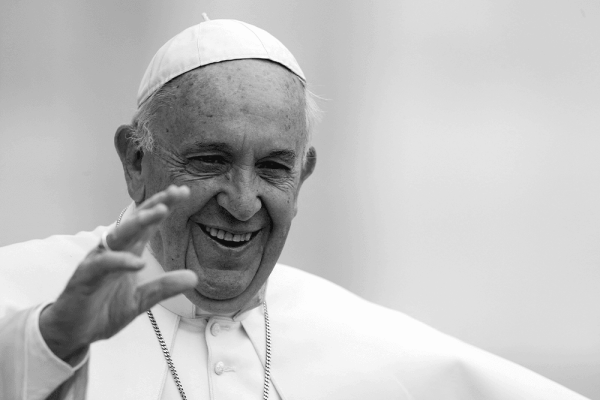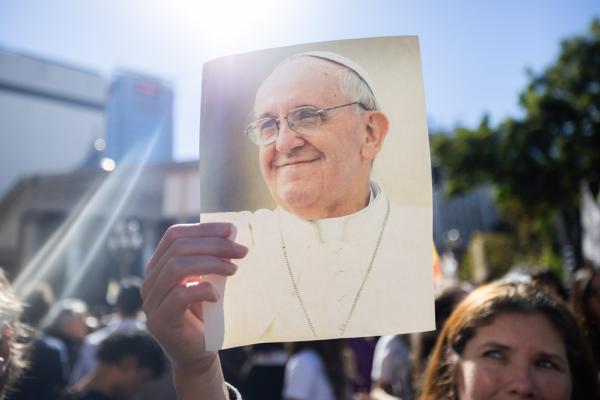The more frequently a household attends worship services, the more likely its members donate to religious institutions, and give generously, new research shows.
“Most strikingly, those attending religious services once a month or more make an average annual religious contribution of $1,848, while those attending religious services less than once a month donate $111,” says the report from Giving USA.
The report, released Oct. 24, draws on data from the University of Michigan’s Philanthropy Panel Study.
“Giving to religion,” as defined by the Chicago-based Giving USA Foundation, includes contributions to congregations, religious media, denominations, and mission organizations. It does not include faith-related institutions such as the Salvation Army, the University of Notre Dame, global relief organization World Vision, Catholic hospitals, or Jewish foundations.
Overall, giving to religious causes amounted to close to a third of all charitable giving in 2016, Giving USA says. Religious institutions received $122.94 billion that year, or 32 percent of charitable donations. That figure is more than double the amount received by educational institutions, the next highest sector within nonprofits, which garnered $59.77 billion.
David King, director of the Lake Institute on Faith and Giving at Indiana University, said it’s notable that religious giving has remained at about a third of charitable giving in recent years “despite trends that we’ve seen around declining religious affiliation and religious involvement.”
Researchers from the university found that almost one-tenth of households that never attend religious services give to religious institutions, but in far lower amounts — $67 annually on average.
Households that attend religious services every week or more are 28 times more likely to give to religious causes than those that never attend, researchers found.
“(Y)ounger generations do give to religion, and do so at a rate that is similar to earlier generations,” said Rick Dunham, a board member of Giving USA Foundation and president of a fundraising company that focuses on faith-based nonprofits. “It is reasonable to expect that as younger generations mature, they will be similarly engaged in charitable giving as older generations are.”
Among donors to religious causes that Giving USA tracks, Protestants give more to those causes ($2,809) than Jews ($2,291), Catholics ($1,372) or those of other affiliations ($1,979).
African-Americans give a greater percentage of their donations to religion than other groups – 74 percent, compared with 66 percent among Hispanics and 58 percent among whites.
Age is also viewed as a factor in giving. Among donors to religious causes, annual average giving reaches its peak between ages 40 and 64 ($2,505) – which is higher than donors under age 40 ($1,892), and those over 65 ($2,338).
Religious giving also increases with income as well as with educational attainment.
While 21 percent of heads of household without a high school degree gave to a religious institution, 49 percent with education beyond a bachelor’s degree gave to religious causes. Researchers attribute that change in part to connections between education and income.
Got something to say about what you're reading? We value your feedback!







